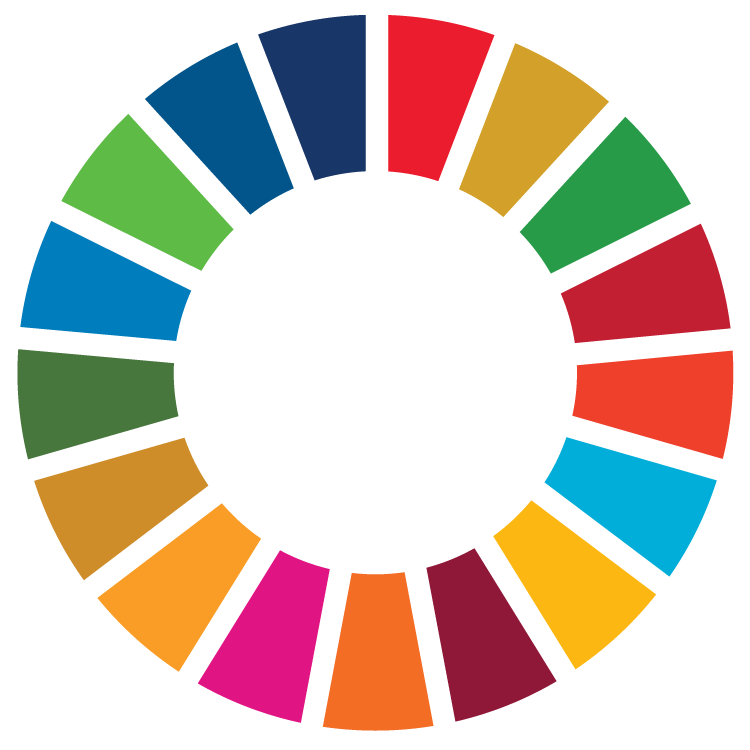This first volume of E-waste manual aims to build the capacity of practitioners and policy makers for preparing WEEE/E-waste inventories. The objective of the manual is to identify E-waste as an environmental issue and to quantify it. It summarizes the available legislation on WEEE/E-waste in different countries and provides a methodology to design and use E-waste inventory assessment studies/projects. Furthermore, the E-waste management chain (starting from electrical and electronic equipment manufacture, production, import, consumption, E-waste generation, treatment and disposal) has been discussed to identify the "mechanism of trading" and related socio-economic and environmental risks. Methodologies for E-waste inventory assessment in a city/geographical area/country have been elaborated with reference to developing countries. The manual also provides case studies from developing countries.
United Nations Environment Programme
- Who we are
- Where we work
-
What we do
- Air quality
- Biosafety
- Cities
- Digital Transformations
- Disasters and conflicts
- Energy
- Environment under review
- Environmental law and governance
- Extractives
- Food Systems
- Forests
- Fresh Water
- Gender
- Green economy
- Ocean, seas and coasts
- Resource efficiency
- Sustainable Development Goals
- Transport
- Youth, education and environment
- Publications & data


